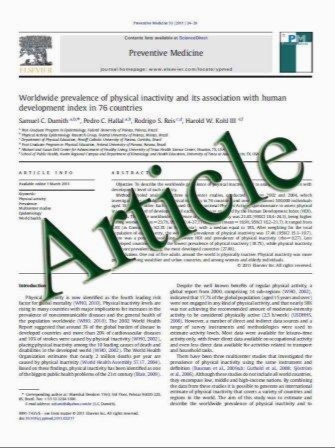Heart failure with preserved ejection fraction in the elderly: scope of the problem
- نوع فایل : کتاب
- زبان : انگلیسی
- مؤلف : Ken Kaila • Mark J. Haykowsky • Richard B. Thompson • D. Ian Paterson
- چاپ و سال / کشور: 2011
Description
Heart failure is an epidemic in the elderly and has become a leading cause for hospitalization and death. Heart failure with preserved ejection fraction (HFPEF) is more common than heart failure with reduced ejection fraction (HFREF) but disease identification remains challenging. Current criteria rely on symptoms of poor exercise tolerance, preserved ejection fraction and laboratory evidence for elevated filling pressures. Each of these clinical parameters is difficult to evaluate in the elderly and reduce the certainty of diagnosis. Aging is associated with changes in the peripheral vasculature, pulmonary function, oxygen transport and skeletal muscle function, all key determinants of exercise capacity. Furthermore, co-morbid conditions such as chronic obstructive pulmonary disease are common in the elderly and cloud the interpretation of symptoms. The choice of ejection fraction (EF) 45–50% as preserved appears arbitrary as there is evidence that the lower limit for EF in elderly women is much higher. B-type natriuretic peptide has emerged as a popular blood biomarker of heart failure and increased filling pressures but appears to have trouble discriminating HFPEF from normal elderly controls. Regardless of the difficulties in diagnosis, several population studies show that HFPEF incidence and prevalence are on the rise especially in those[70 years of age. Co-morbid diseases are common in HFPEF, and these patients often die from non-cardiac causes. Future studies need to emphasize a holistic approach to HFPEF and identify whether there are diagnostic or therapeutic targets outside of the heart
Heart Fail Rev DOI 10.1007/s10741-011-9273-z Springer Science+Business Media, LLC 2011


